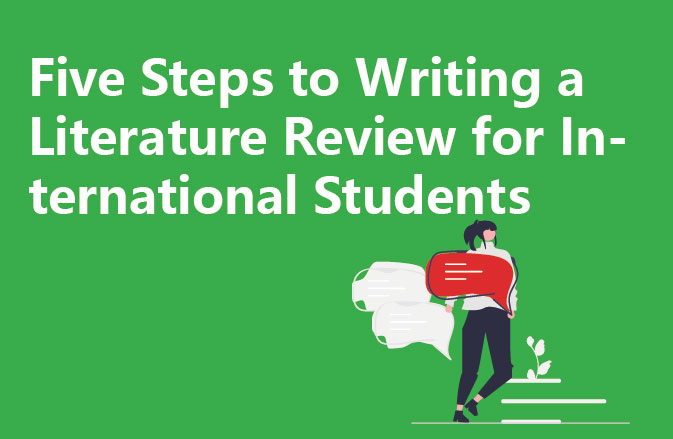Firstly, refine the keywords. We need to filter keywords from the topic for research. When the topic is broad, the following five questions help to narrow down the scope: Who, What, When, Where, Why?
Who: Identify the target population, such as educational background (college students or elementary school students), personal experience (medical history), occupational classification (students vs. workers), region (East vs. West), gender, ethnicity, etc.
What: What are the objectives of the study, e.g., case studies, public attitudes or influences, etc.?
When:What is the timing of the study, e.g. previous cases or a specific time period, etc.
Where:Where is the location of the study? e.g. country, region, city, etc.
Why:What is the reason for the study? Such as reasons, programmes, results, etc.
Next, review the relevant literature. Use Connected Paper, Google scholar and Sci hub to obtain relevant information. When reading the literature, you can first browse the abstract to determine whether it fits the research topic, and then read the conclusion to understand the contribution of the article. The more you read, the clearer your thinking will be, so you don’t need to do it all at once.
Third, organise the literature. When reading the literature, it will be categorised as “Method 1” and so on, which is convenient for searching. Once you have collected enough literature, read the most useful ones (preferably 5-10), with a minimum of 30 articles.
Fourth, introduce the current research. Write a literature review based on the completed form. Note that avoid directly copying others’ articles and use your own language (to avoid plagiarism at a later stage). Also elaborate on why they used the method as well as the research process, experimental strengths and weaknesses, parts that need to be strengthened, and so on.
Finally, check and revise. Use Quillbot and Grammarly for checking and final revision after completion (to reduce plagiarism). Manual revisions are more effective, depending on your situation.




